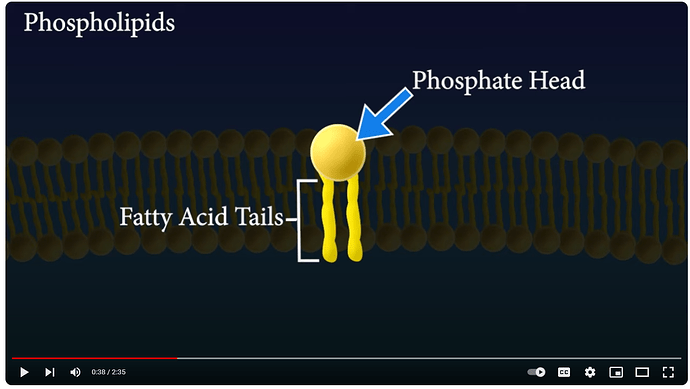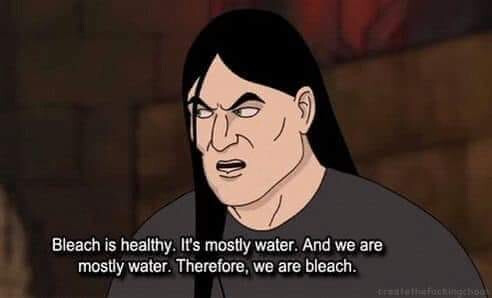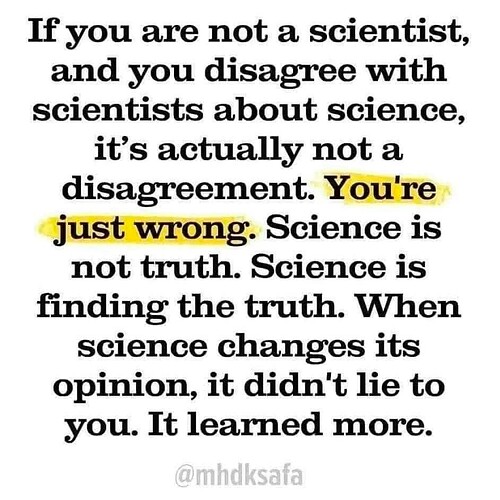This is a beginning article on crude oil.
Are humans crude oil, and is crude oil humans?
This topic is quite large and could literally be a university course. Let’s take one small part which makes all living beings – a cell membrane. (https://www.genome.gov/genetics-glossary/Cell-Membrane). For the purpose of this brief exercise, I won’t get into Gogli Apparatus, ATP (adenosine triphosphate) fuel or many of the other aspects…. Just one cell membrane.
A cell membrane (also called a plasma membrane) is a lipid bilayer that is semipermeable. There are many types of fats which fall into broad categories such as saturated fats, partially saturated fats, and unsaturated fats. The very general structure of a small part of a cell membrane is shown below.
(Structure of the Plasma Membrane - The Cell - NCBI Bookshelf).
A phosphate head is water-loving, or hydrophilic. The fatty acid tales are made of many different types of fatty acids which are hydrocarbons, and some of the polyunsaturated fats have the following structure.
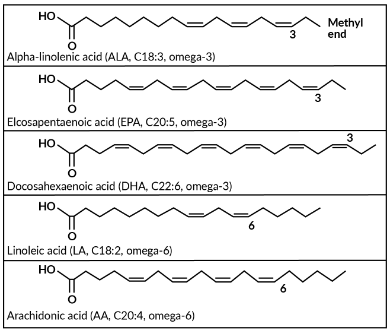
The Alpha-linolenic acid has a methyl end, a long hydrocarbon, and a carboxylic acid group. There are single carbon-bonds and double carbon bonds in the hydrocarbon section. This hydrocarbon arrangement is oil loving (oleophilic), which is also called water hating (hydrophobic). Although the carboxylic group likes water (through hydrogen bonding), the large length of hydrocarbon makes this molecule prefer to be in oil.
The structure of a phosphate head is shown below (note the PO4 section highlighted in Yellow): 14.3: Phospholipids in Cell Membranes - Chemistry LibreTexts.
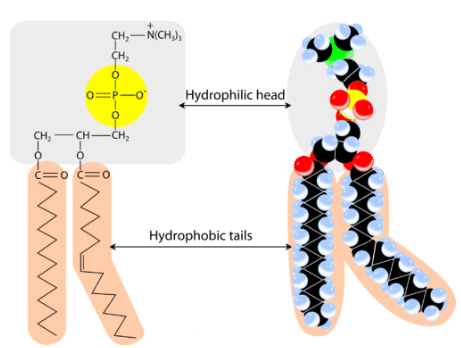
The phosphate is highly water-loving, and has a small amount of hydrocarbon at the top (2 x CH2 groups) and a tertiary amide group (nitrogen containing compound with various lengths of hydrocarbons), in this case methyl groups. Each jagged-edge on the diagram represents one single carbon. There are many different types of hydrophobic tails that are fats, and in this case there happens to be 14. It does not have to be this exact number of carbons, and lets just use this one for this example.
With the above information on one of many thousands (or more?) of chemicals, lets work a little on the composition of crude oil.
There are many types of Crude Oil and it is not made of one type, but a large variety of chemicals. A depositional environment (Kerogen - AAPG Wiki) where oil is created and deposited in a valley, lake, or ocean is derived from organic matter (one being cell membranes) which are divided into broad categories which are land-derived organic matter and aquatic-algae derived hydrocarbons. Phosphates chemistry is well-known for fouling refineries (where gasoline and diesel are manufactured). Phosphates occur naturally in Crude Oil (parts-per-million levels) and phosphates are also used in fracturing the formation to retrieve more oil (Refinery Plugging by Residual Oil Gellant Chemicals in Crude: Understanding and Preventing the Problem Through New Oil Gellant Chemistry | PETSOC Canadian International Petroleum Conference | OnePetro).
Refineries often use desalters to ‘wash’ water-loving inorganics from hydrocarbons, which remove chemicals such as phosphates, amines, and calcium. Here is one of many patents where additives are placed in crude oil to attempt to remove phosphorous during the desalting process. US7799213B2 - Additives to enhance phosphorus compound removal in refinery desalting processes - Google Patents
Nitrogen as methylated amines are present in biogenic methane (land-based heavy crude oil reservoirs where methane is produced) (Life in the slow lane; biogeochemistry of biodegraded petroleum containing reservoirs and implications for energy recovery and carbon management - PMC). Typically there is less time to degrade amines in reservoirs where these reservoirs are closer to the Earths surface, in areas such as North Slope of Alaska, Heavy-Oilfields of California, Heavy oil belt of Venezuala, and Canadian Oil Sands.
Assisting in retrieving more hydrocarbons from rock, a technique called Enhanced Oil Recovery (EOR) is used to either chemically alter crude oil components (Enhanced oil recovery - Wikipedia) in-situ such as organic acids (see above picture) that naturally occur in crude oil. Either more industrial surfactants can be injected to remove reservoir oil, or caustic soda can be added to convert organics acids (fatty acids) to stronger surfactants which will help transport oleophilic hydrocarbons with the water phase in a tertiary (What is the Difference between Primary, Secondary & Enhanced Recovery for Oil Extraction? Petro Online) EOR water-flooding recovery system. The caustic soda reacts with fatty acids and other organic acids to lower the surface tension of oil and produce more oil from the reservoir rock, increasing hydrocarbon removal efficiency.
This example has taken one small range of chemicals that exist in a human, or animals body, and exists in a crude oil reservoir. If this, or other chemicals did not exist, and the crude oil reacted to completion, then no other reactions would be able to take place.
Ladies and gentlemen, crude oil is created from almost every life form on earth – including humans, trees, bacteria, and the list continues. The only exception ‘might’ be a virus. It appears that virus’s are also used to control microbial activity (Oil reservoirs, an exceptional habitat for microorganisms - PMC), and I am not sure what affect occurs with this form.
Can crude oil be used to make a human? We don’t have the technology for this yet. People have been frozen with nitrogen and is viewed as a pseudoscience (Cryonics - Wikipedia because the technology doesn’t exist to revive frozen people. Like the Star Trek teleporter which disassembles atoms and reassembles atoms at a distant planet, we may be able to do this one day, just not with todays technology.
